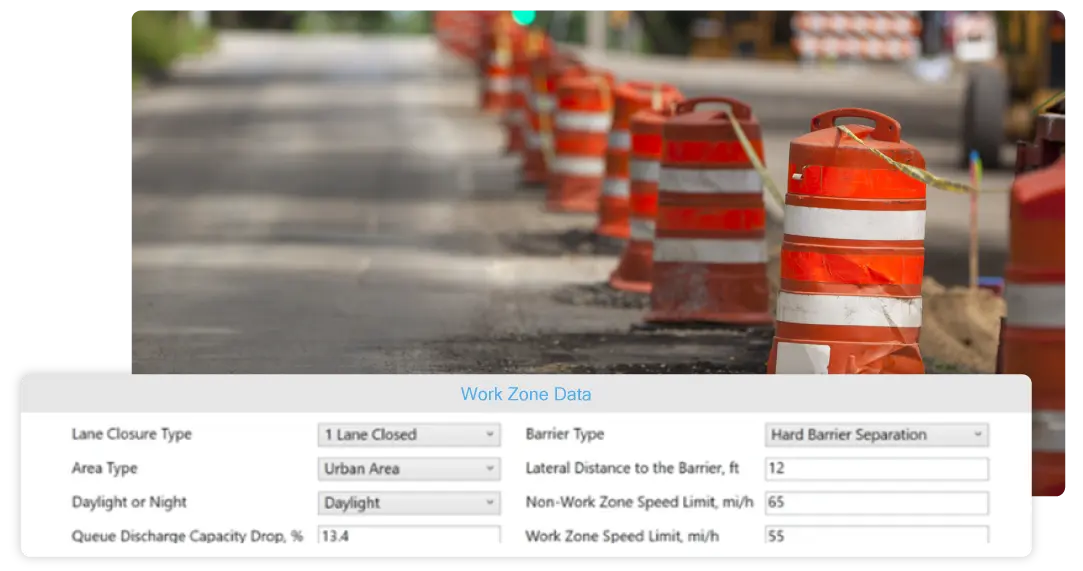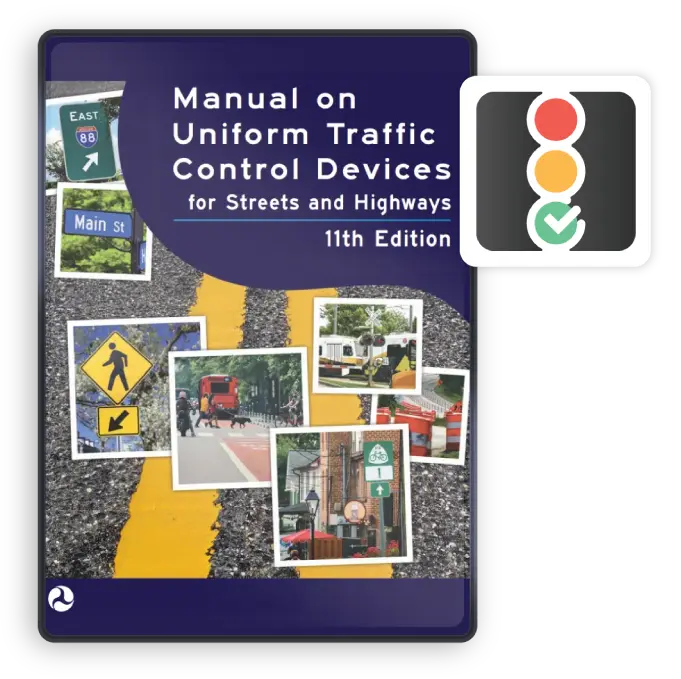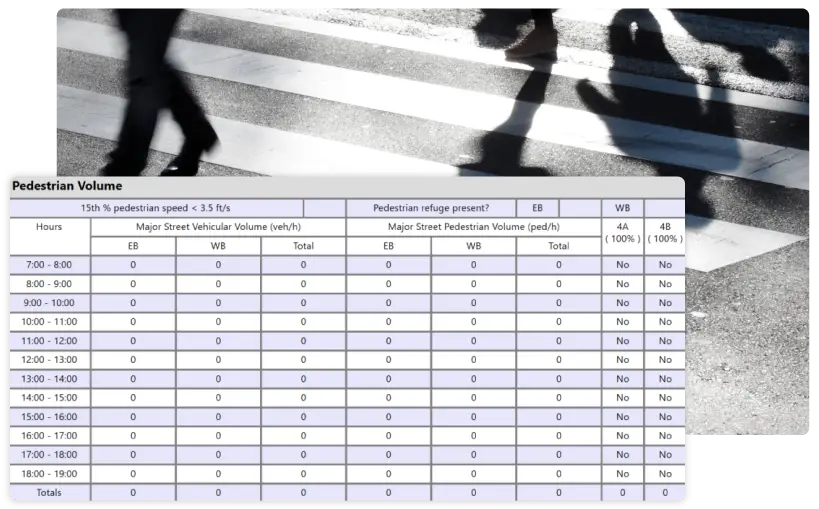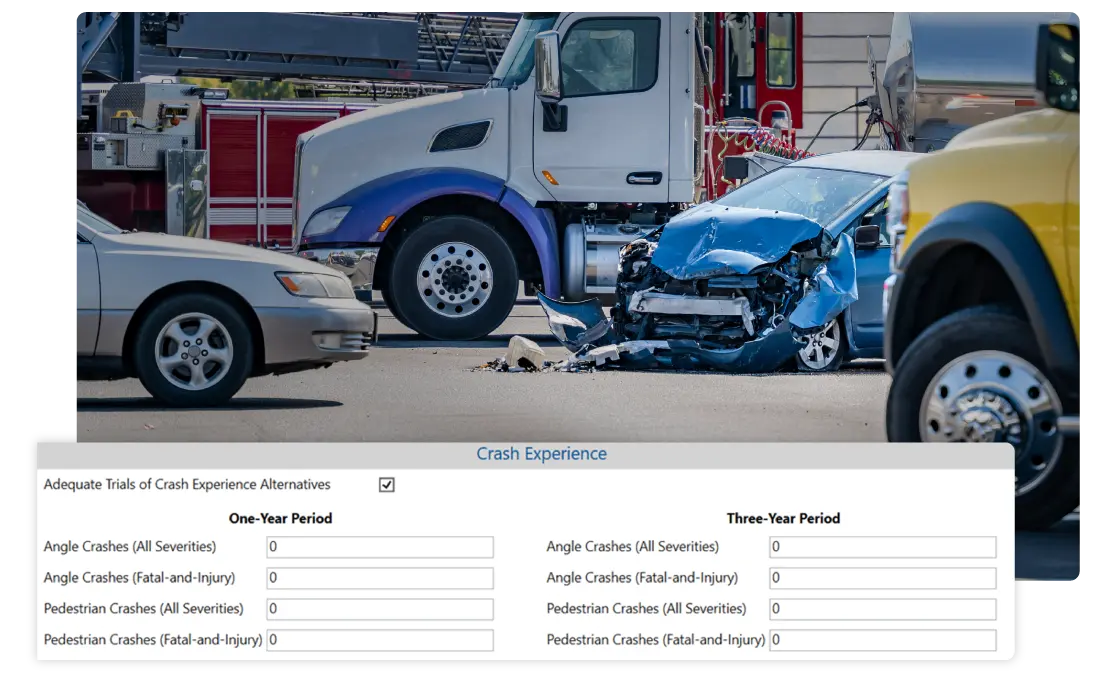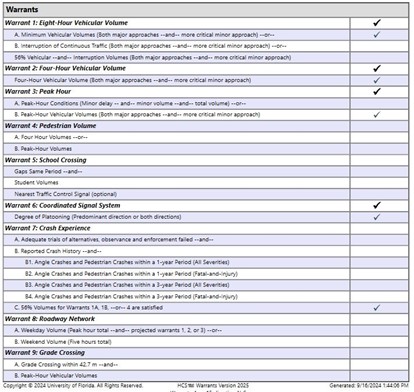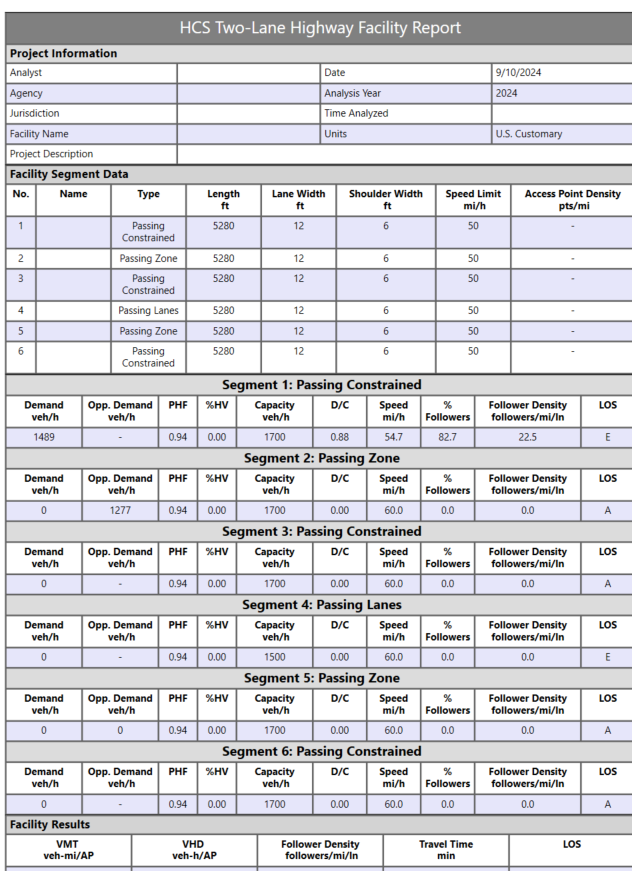Freeways
MUTCD Warrants
Highways
Two-Lane Highway Facility Formatted Report
A newly formatted report for Two-Lane Highway Facilities has been added to HCS 2025. This report offers a comprehensive overview of operations across the designed facility, allowing reviewers to quickly access Facility Data such as demand and geometry for each segment. It also includes performance measures such as % Followers, Follower Density, and Level of Service (LOS) for individual segments, as well as overall facility metrics like VMT (Vehicle Miles Traveled), VHD (Vehicle Hours Traveled), Follower Density, Travel Time, and LOS for the entire facility.
Segment-specific formatted reports are also available on the Report page, allowing users to review detailed operations for each individual segment.
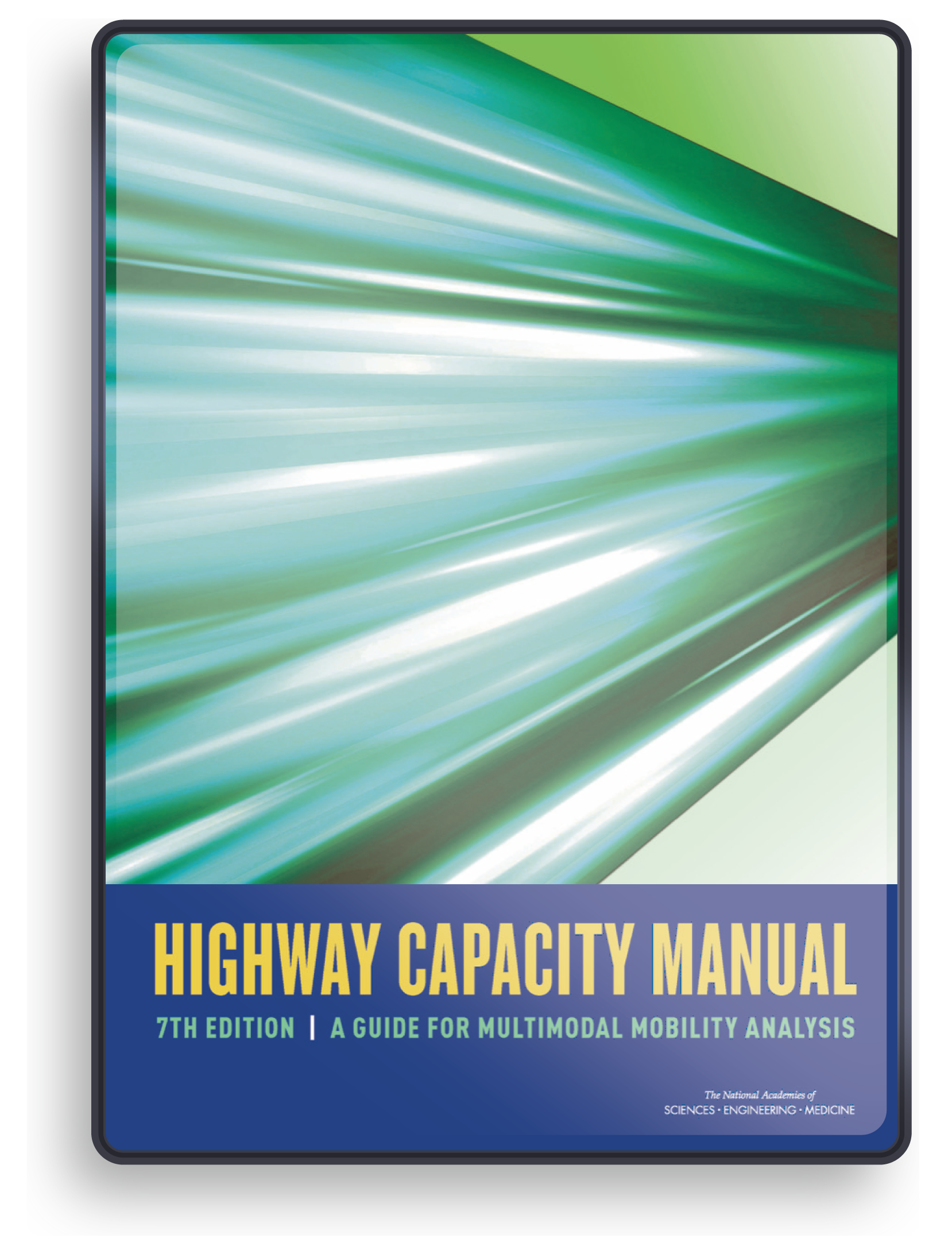
Compliance to the 7th Edition of HCM
HCS incorporates methodologies from the 7th Edition of HCM (2022) updates, including:
Get Started

Highway Capacity Software
- Adds Legacy HCS7 modules (HCM 6th Edition)
- Adds Legacy HCS2010 Streets module (HCM 2010)
- Adds Legacy HCS+ Arterials, Interchanges, and Signals modules (HCM 2000)

Streets
- Updates images of interchanges reports
- Widens some input ranges
- Fixes incorrect warning messages for RCUT volumes
- Fixes mislabeled units for Access Point Location

Streets (cont.)
- Fixes infinity value incorrectly appearing on DDI interchanges report
- Adds intersection names to Signals Multi-Period text report
- Enables automatic calculation by default

TWSC
- Widens some input ranges
- Fixes negative probability queue-free state
- Fixes display of queue-related results
- Fixes RCUT warning messages
- Includes other minor bug fixes and improvements

Roundabouts
- Widens some input ranges
- Includes other minor bug fixes and improvements

MUTCD Warrants
- Adds 11th Edition MUTCD method for Signal Warrants
- Fixes issue opening files in incorrect units
- Updates Warrants logo
- Includes other minor bug fixes and improvements

Freeways
- Adds HCM 7.1 (NCHRP 07-26) method for single segment merge, diverge, and weaving analyses
- Adds single segment examples for HCM 7.1 (NCHRP 07-26) method
- Adds work zone analysis for merge, diverge, and weaving segments
- Adds non-work zone speed limit input

Freeways (cont.)
- Allows modeling lane add/drop for two-lane ramps
- Adds I-4 (Florida) sample data to segmentation database
- Supports metric units for map segmentation
- Allows users to insert on-ramp and off-ramp nodes in map segmentation
- Includes SAF and CAF as global inputs

Highways
- Adds Two-Lane Highway Facility formatted report
- Widens some input ranges
- Corrects incorrect facility travel time
- Corrects LOS computation based on speed limit
- Provides warning message when length of passing lanes is larger than 3 miles in two-lane highways

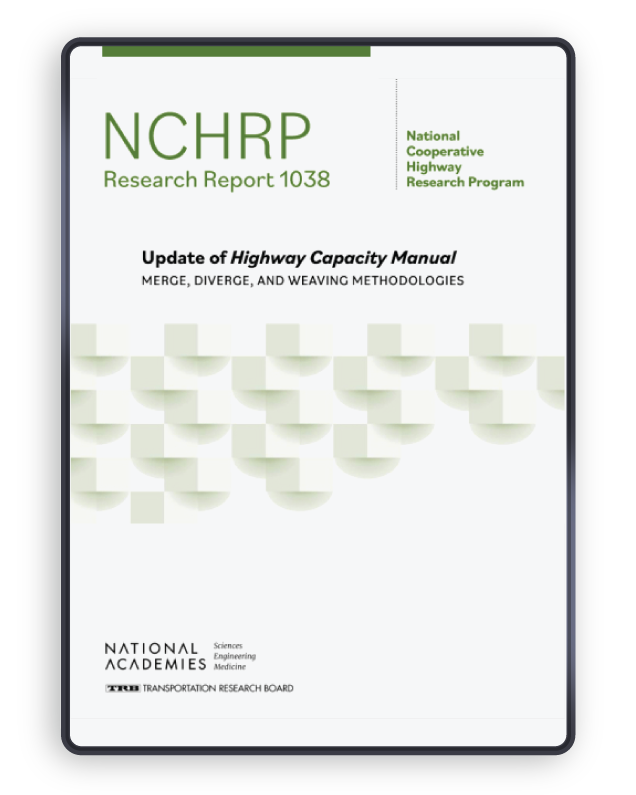 The Freeways module now includes updated methodologies for analyzing merge, diverge, and weaving segments, based on the Highway Capacity Manual (HCM) 7.1,
The Freeways module now includes updated methodologies for analyzing merge, diverge, and weaving segments, based on the Highway Capacity Manual (HCM) 7.1, 
